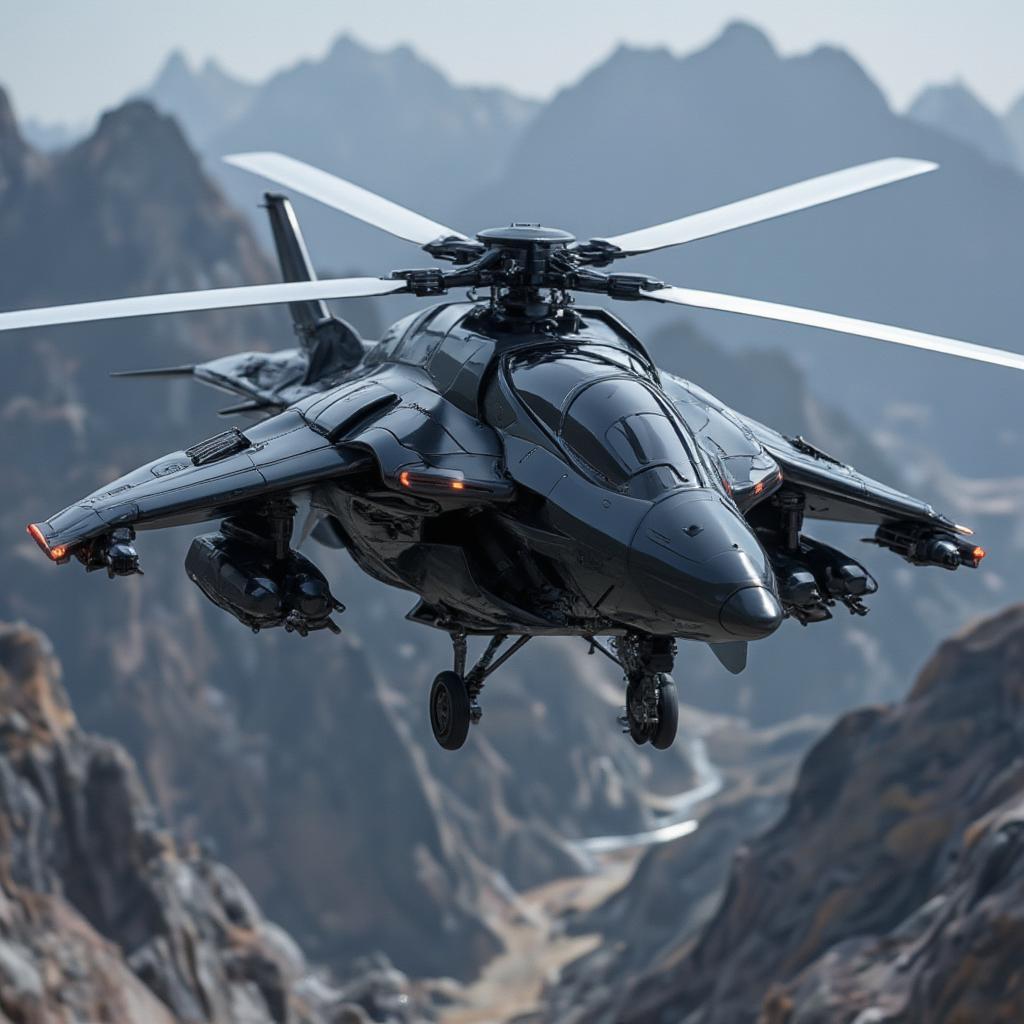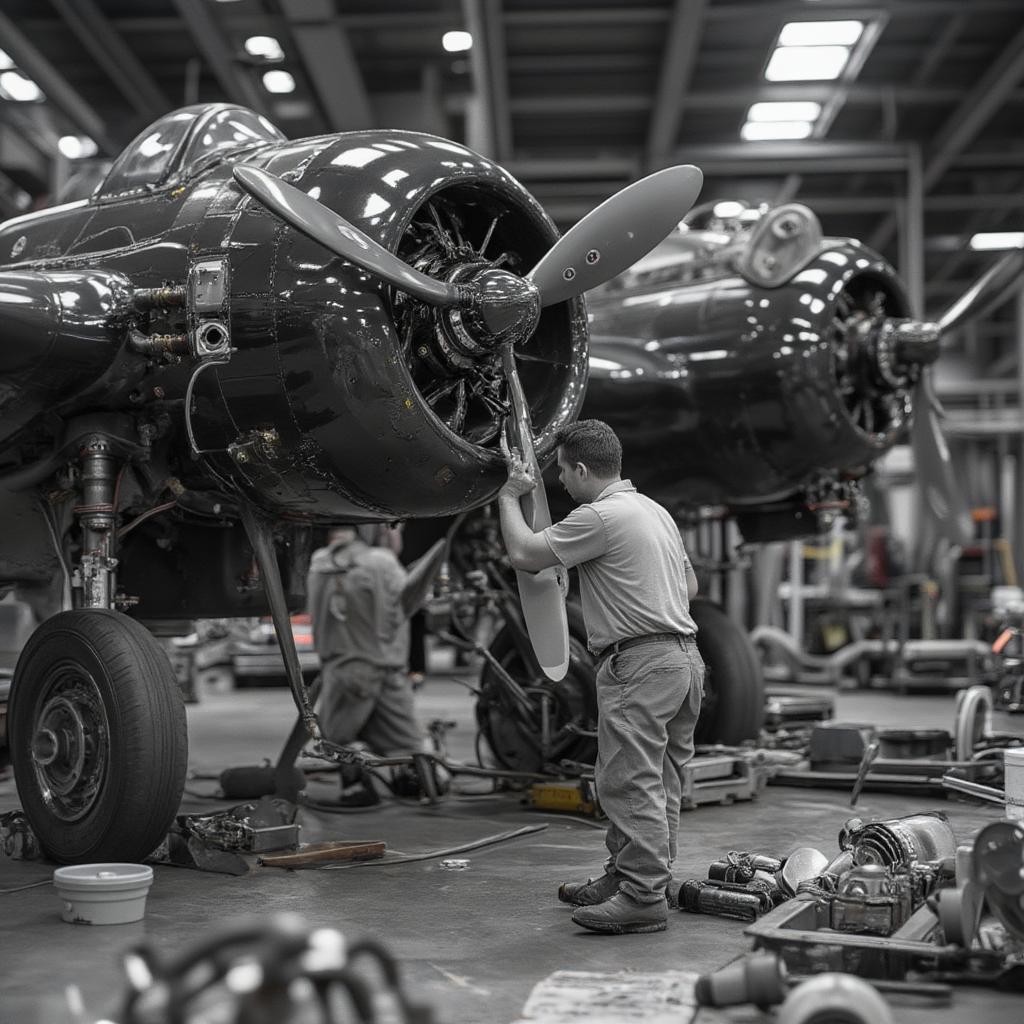India Fighter Helicopter: A Force to Reckon With in Modern Warfare

India’s fighter helicopter fleet represents a significant leap in the country’s military capabilities, playing a crucial role in modern warfare scenarios. These advanced rotary-wing aircraft provide a potent combination of speed, agility, firepower, and technological sophistication, allowing them to perform a wide range of missions, from anti-tank and close air support to reconnaissance and search and rescue.
The Evolution of India’s Fighter Helicopter Fleet
India’s pursuit of a robust fighter helicopter fleet began in the 1960s with the acquisition of Soviet-era Mi-4 helicopters. However, the true turning point came with the induction of the HAL Rudra, an indigenous attack helicopter developed from the HAL Dhruv. This marked a significant step towards self-reliance in helicopter technology. The Rudra, equipped with advanced weaponry and avionics, proved its mettle in various operations, solidifying India’s commitment to developing a world-class fighter helicopter program. Further enhancements led to the development of the Light Combat Helicopter (LCH), a dedicated attack helicopter designed for high-altitude operations, showcasing India’s ambition to address specific geographical challenges.
Light Combat Helicopter (LCH): Designed for the Himalayas
The LCH, nicknamed “Prachand,” is a testament to India’s growing prowess in aerospace engineering. Specifically designed for high-altitude warfare, it boasts exceptional maneuverability and firepower in challenging mountainous terrain like the Himalayas. Its capabilities include air-to-air and air-to-ground combat, making it a formidable asset in border skirmishes and counter-insurgency operations. The LCH is equipped with a 20mm turreted gun, 70mm rocket pods, and air-to-air missiles, providing a diverse arsenal for various combat scenarios.

Apache: The Backbone of Heavy Attack Capabilities
Recognizing the need for a heavy attack helicopter, India inducted the AH-64E Apache Guardian into its fleet. This American-made helicopter is renowned globally for its exceptional combat capabilities and advanced technologies. The Apache provides the Indian Air Force with a significant advantage in long-range precision strikes, armed reconnaissance, and anti-armor operations. Its sophisticated sensor suite allows it to operate effectively in day/night and all-weather conditions, further enhancing its versatility. The integration of the Apache significantly boosts India’s offensive capabilities, providing a platform for delivering devastating blows against heavily armored targets.
Apache’s Role in Modern Warfare: Precision and Power
The Apache’s advanced targeting systems enable it to engage targets with pinpoint accuracy, minimizing collateral damage. Its ability to operate in network-centric warfare environments, sharing real-time information with other platforms, further amplifies its effectiveness. This interoperability enhances situational awareness and coordination, allowing for seamless execution of complex missions. The Apache’s robust airframe and powerful engines allow it to carry a substantial payload of weapons, including Hellfire missiles, rockets, and a 30mm chain gun, providing unmatched firepower in the attack helicopter segment.
“The Apache is more than just a helicopter; it’s a force multiplier,” says Air Marshal (Retd.) Vijay Kumar Singh, a former Indian Air Force Chief. “Its ability to operate deep inside enemy territory, deliver precision strikes, and provide crucial air support significantly enhances the overall combat effectiveness of the armed forces.”
Future of India Fighter Helicopters: Indigenous Development and International Collaboration
India continues to invest heavily in research and development to further enhance its fighter helicopter capabilities. The focus remains on indigenous development, with programs like the Light Utility Helicopter (LUH) aiming to replace aging fleets and bolster operational readiness. Simultaneously, India actively seeks international collaborations to acquire cutting-edge technologies and expertise, ensuring its fighter helicopter fleet remains at the forefront of global advancements. This dual approach of indigenous development and strategic partnerships strengthens India’s position as a major player in the international military landscape.

“India’s commitment to indigenous helicopter development is commendable,” notes Dr. Emily Carter, a leading aerospace engineer and defense analyst at the Center for Strategic and International Studies. “The LCH is a prime example of their capabilities, and future programs hold immense potential for transforming the country’s defense industrial base.”
Conclusion
India’s investment in its fighter helicopter fleet underscores its commitment to national security and regional stability. The combination of indigenously developed platforms like the LCH and the acquisition of advanced helicopters like the Apache has transformed the Indian Air Force into a potent force. This continuous modernization, driven by a vision of self-reliance and strategic partnerships, ensures that India’s fighter helicopters will continue to play a pivotal role in shaping the future of warfare. The “India Fighter Helicopter” program is a testament to the nation’s ambition to maintain a cutting-edge military force capable of addressing diverse security challenges.




